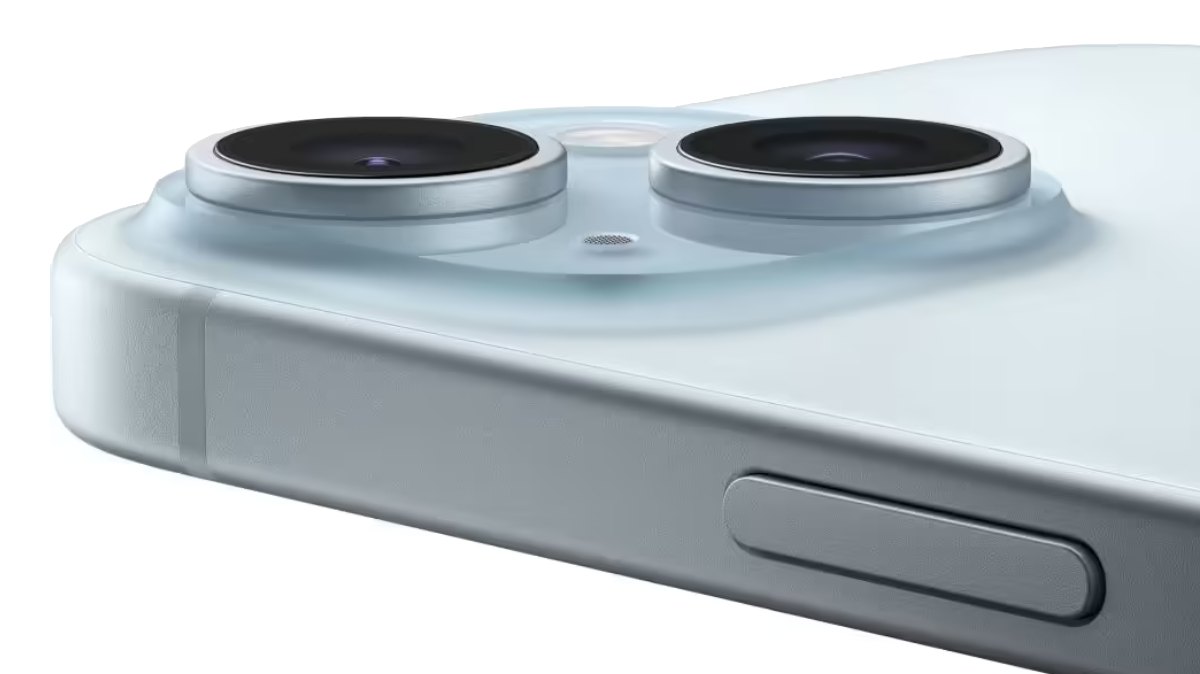
What are our readers' favorite iPhones?
The iPhone 13 has a sleek design with image sensors organized in a square at the top left. Its dimensions: height 146.7 mm, width 71.5 mm, thickness 7.85 mm, and weight 174 grams. It is available in pink, white, green, blue, red and black, with an aluminum frame and flat sides. The slightly older iPhone 12 Pro retains similar dimensions (146.7mm high, 71.5mm wide, 7.4mm thick) but weighs 189g. Its design includes three image sensors integrated into a square at the top left of the back, organized in the shape of a triangle. The sides are flat, and the available colors are silver, graphite, gold, and blue, with an aluminum frame. The iPhone 15, which is the newest of the three, offers dimensions of 147.6 mm high, 71.6 mm wide, and 7.8 mm thick, with a weight of 171 grams. It is available in pink, yellow, green, blue and black, with an aluminum frame. The image sensors are also arranged in a square at the top left, but benefit from a 48-megapixel main sensor, compared to the 12-megapixel of the iPhone 13 and 12 Pro.
The three models are similar in terms of dimensions, but there are still differences. The iPhone 12 Pro is the heaviest at 189 grams, while the iPhone 15 is the lightest at 171 grams. The iPhone 13 falls between the two at 174 grams. The dimensions vary slightly, with the iPhone 15 being the largest.
As for battery capacity, the iPhone 15 offers 3349 mAh, surpassing 3227 mAh in the iPhone 13 and 2815 mAh in the iPhone 12 Pro. All three support wireless charging, but only the iPhone 15 mentions reverse charging, providing additional flexibility.
What is the best screen and what configurations for images?
In terms of displays, all of these Apple phones have a 6.1-inch AMOLED display with a similar resolution (1170×2532 for the iPhone 13 and 12 Pro, 1179×2556 for the iPhone 15). However, the iPhone 15 has a maximum brightness of 2,000 cd/m², compared to 1,200 cd/m² for the iPhone 12 Pro. They all support HDR10+ and Dolby Vision, but the iPhone 15 delivers a superior viewing experience thanks to better brightness.
In addition, the iPhone 15 also stands out for its photographic capabilities thanks to a 48-megapixel optically stabilized main sensor and a 12-megapixel telephoto lens. The iPhone 13 and iPhone 12 Pro offer two 12-megapixel sensors. The iPhone 12 Pro adds a third 12-megapixel ultra-wide-angle sensor, increasing its versatility. However, the iPhone 15 delivers better shots than the other two phones, which are not far behind.
Which is stronger and what is the connection?
In terms of power, the iPhone 15 is equipped with an Apple A16 processor with 6GB of RAM, which puts it at the top of the list. The iPhone 13 comes with an A15 processor and 4 GB of RAM, while the iPhone 12 Pro has an A14 processor and 6 GB of RAM.
Finally, in terms of connectivity, all three models support 5G, Wi-Fi 6, NFC and Bluetooth (5.3 for the iPhone 13 and 15, and 5.0 for the iPhone 12 Pro). None of the models have an infrared socket or transmitter. All three are IP68 certified, ensuring good water and dust resistance. There is no fingerprint reader on all models, it is replaced by facial recognition technology.
In conclusion, the iPhone 15 presents itself as the most efficient and versatile option, while the iPhone 13 offers a good compromise in terms of cost and features. The iPhone 12 Pro remains a solid choice for those looking for a more versatile camera setup. The choice will depend on your priorities in terms of power, display quality and photography.

“Incurable web evangelist. Hipster-friendly gamer. Award-winning entrepreneur. Falls down a lot.”
